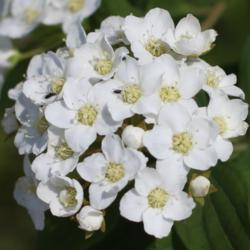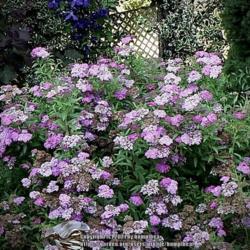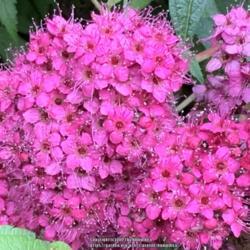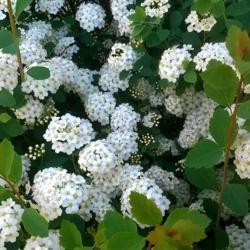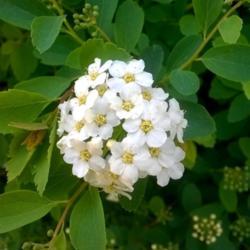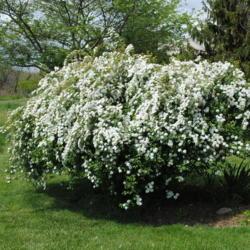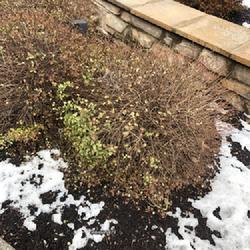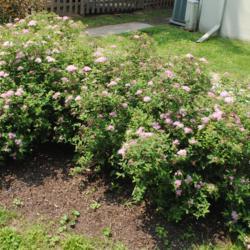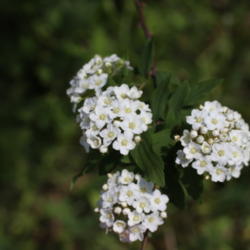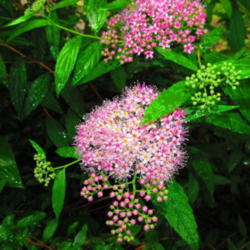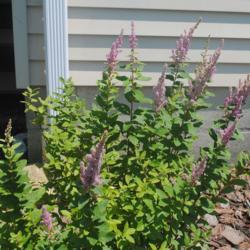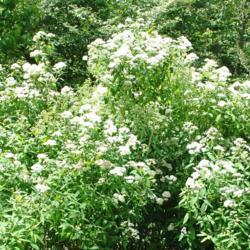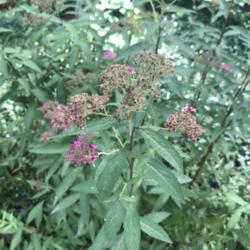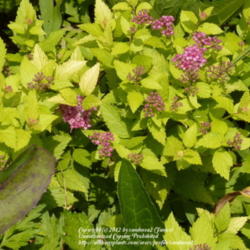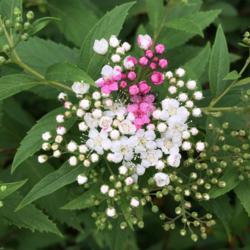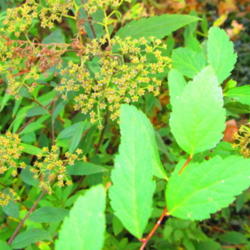Posted by
ILPARW (southeast Pennsylvania - Zone 6b) on Dec 15, 2018 11:50 AM concerning plant:
There are about 80 species of this genus noted across the Northern Hemisphere, with the great majority of species in East Asia. The word "spirea" is derived from the Greek word of "speira" that means "twisting or coiling," or "wreath". The first two words refer to the dry brown fruits being twisted or coiled in appearance, while the third word refers to how the slender, soft twigs can easily be twisted into a wreath, that looks best when in bloom. The common names of Bridalwreath, Meadowsweet, and Hardhack are applied to this genus. These plants are deciduous, (a few are semi-evergreen) shrubs that range from 6 inches high to about 10 feet high that are densely twiggy with many soft, slender twigs with alternate buds and leaves. The leaves are ovate to lanceolate, usually about 1 to 3 inches long, and are usually entirely toothed on the margins, though some only have some teeth on the leaf tips on some leaves. The tiny white to pink to rose flowers are in sort of flat to rounded to spike-like clusters and resemble tiny roses, as this genus is in the huge, diverse Rose Family (Rosaceae). The fruit is a dry brown follicle. They are easy to propagate. Softwood cuttings can be taken in May into August to root easily, often without hormone powder, though its use is good. The seeds can be sown without any treatment.
I know some about two species native to Europe: the Trailing Spirea (S. decumbens) that grows only about 6 to 9 inches high with white flowers in the Alps and the Intermediate Spirea (S. media) that has white flowers and grows from eastern Europe through northeast Asia. North America has 4 to 7 species depending on the botanist. There is the Narrow-leaved Meadowsweet (S. alba alba), the Broad-leaved Meadowsweet (S. alba latifolia), the Western Steeplebush (S. douglasii), the Eastern Steeplebush (S. tomentosa), two varieties of the Birch-leaved Spirea, and the Virginia Spirea in spots in the Appalachian Mountains. Otherwise, the great majority of the species are in north, central, and east Asia. There are about 10 species and species hybrids from East Asia with numerous cultivars that are used in landscaping and gardening in the USA. The non-Asian species of spireas actually make good landscape plants also. I'm glad that some native plant nurseries are offering American species. It is interesting and sad that the Japanese Spirea (S. japonica) is becoming invasive in the eastern US, and that the Eastern Steeplebush (S. tomentosa) has become invasive in northern and central Europe.
